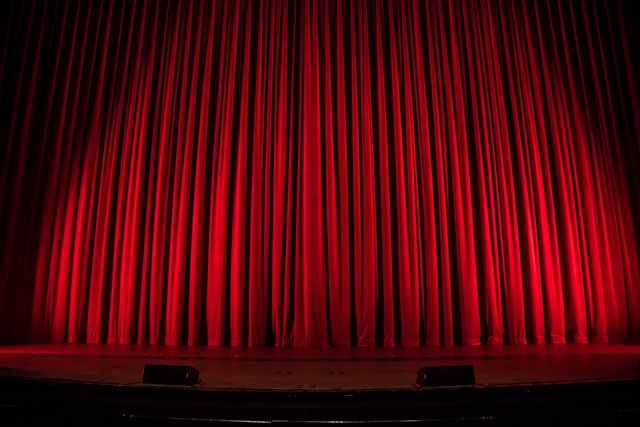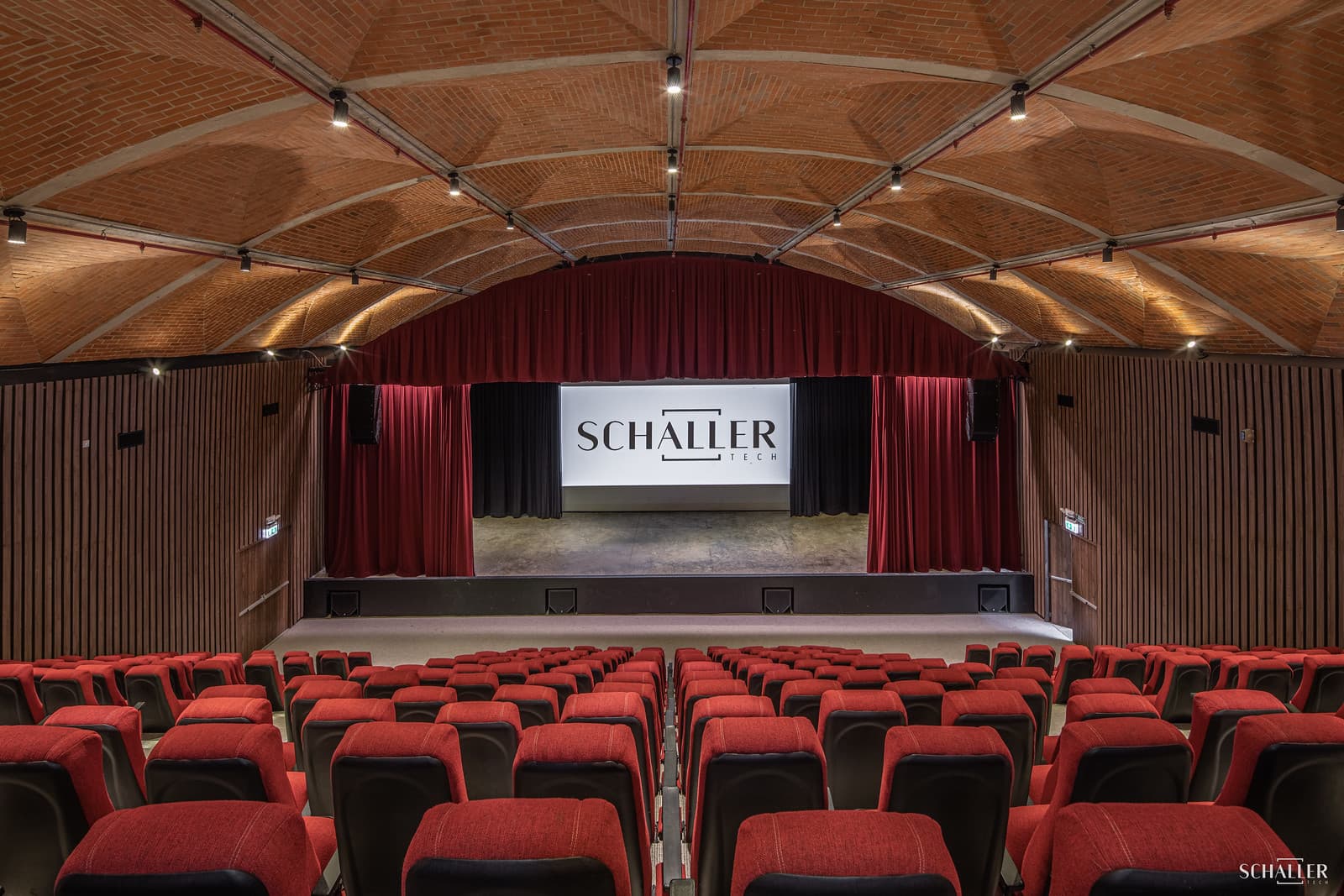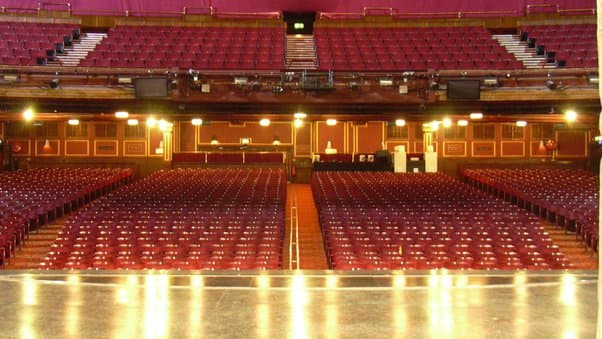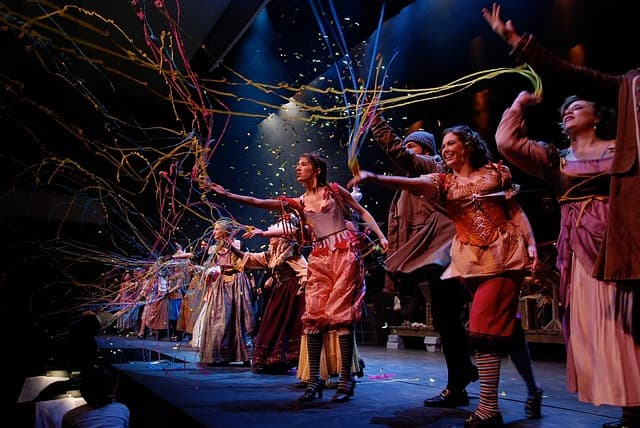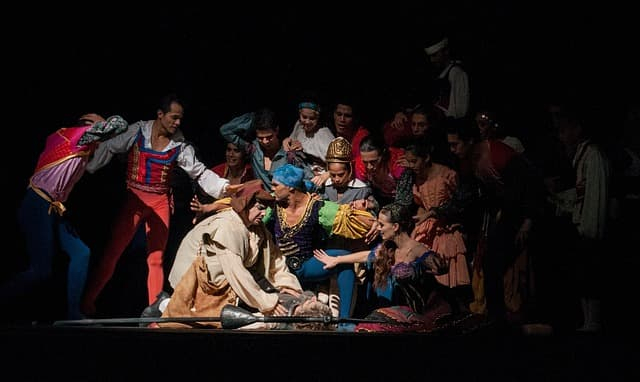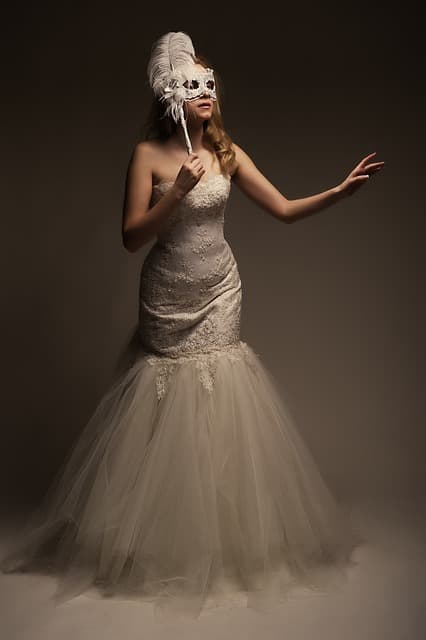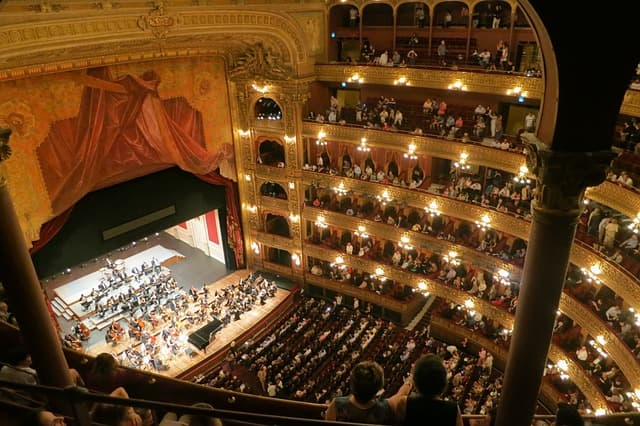The peculiarity of the historical development of the United States at the stage of the post-war restructuring of the world determined the further development of American national culture and theater in particular.
The first decades of the XX century were the time of formation of American drama, far behind in its development of the European. This fact has predetermined the rapid flowering of American theater in subsequent years.
Unlike Europe, where before the advent of the new drama, literature was developing much faster than drama, in American culture there was a sharp divergence between theater and literature.
In those years, when Mark Twain’s naturalistic realism continued in the works of T. Dreiser and E. Sinclair, the theater continued to be dominated by the “tradition of decency. Romantic melodramas and sentimental, overly sugary plays like L. Riggs’s Irish Rose of Abbey were staged (this play was a success with American audiences for five years).
At the end of the nineteenth century, the U.S. theaters were dominated by a commercial system, and the art scene was dominated by entrepreneurial entrepreneurs, who focused on traditional audience tastes and did not allow anything new to be staged. All theatrical figures, whether actors or playwrights, and all theatrical critics, were dependent on the rich businessmen who ruled the stage.
Many American writers, including Mark Twain, Jack London, and Bret Garth, turned to the dramatic genre, but pressure from entrepreneurs forced them to refuse to write theatrical plays.
In 1896, a theater syndicate was organized by the forces of entrepreneurs, and in 1905 another major theater organization, the Schubert Brothers Concern, emerged. As a result, the U.S. stage arts were divided between two competing parties.
Soon the official authorities abolished the theatrical syndicates and concerns, but the stage arts remained in the hands of family companies (the Froman Brothers company, which owned six New York and five London theaters, the Schubert Brothers Concern, which in the early 1930s owned 35 theaters).
In the opinion of commercial entrepreneurs, it was more profitable to show a single show throughout the season, which was a success with the audience, than to maintain a permanent theater. As a result, despite the resistance of progressive artists, many permanent theaters were closed, the companies broke up.
Only on Broadway continued to thrive theaters for a long show of one performance, which involved specially selected actors.
In the second half of the 1930s it was noted in the American magazine Tiatr Arts that there were no professional troupes left in the United States on a permanent basis.
A particular play was staged as long as it brought in a high income, then the troupe began touring American cities. A play that did not receive wide popularity, usually withdrawn a week after the first show, and the troupe disbanded.
Thus, in the season of 1938/1939 out of 33 premiere performances staged in Broadway theaters, 19 were unsuccessful and were immediately removed from the repertoire, the rest lasted until the end of the season.
The record-breaking musical “Hello, Dolly!” was presented on the stage of a Broadway theater 2,844 times.
The commercial system contributed to the fact that at the beginning of the twentieth century the theatrical art of the United States was in deep crisis, lagging behind the world by about 50 years.
Thus the turn from romantic melodramaticism to the realities of modern reality in the United States theater art was not possible under the conditions that prevailed at the beginning of the twentieth century.
Only the emergence of small theaters in the mid-1910s made it possible to begin reconstructing the obsolete theatrical art of the United States. New dramatic plays began to be staged on the stages of small theaters, and an audience circle of its own appeared.

